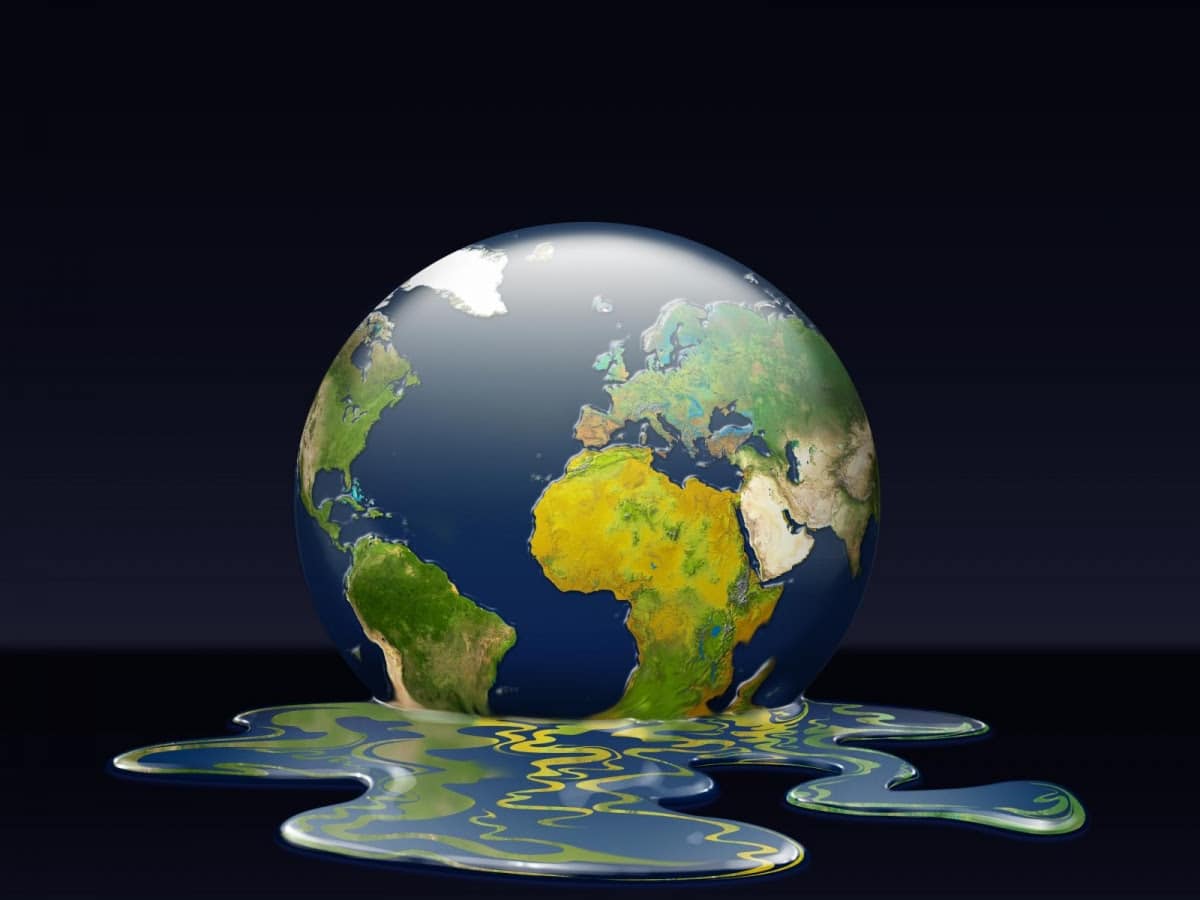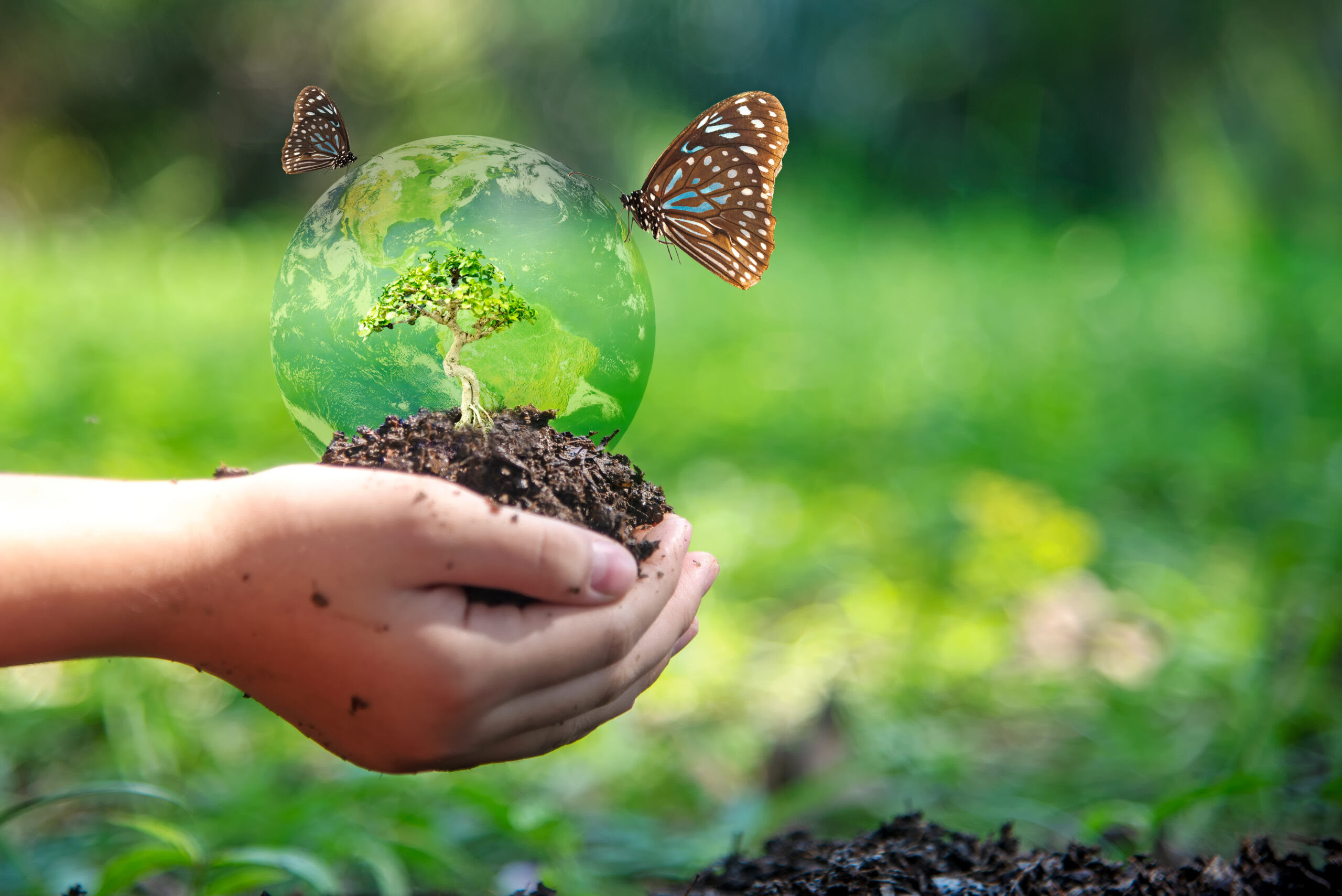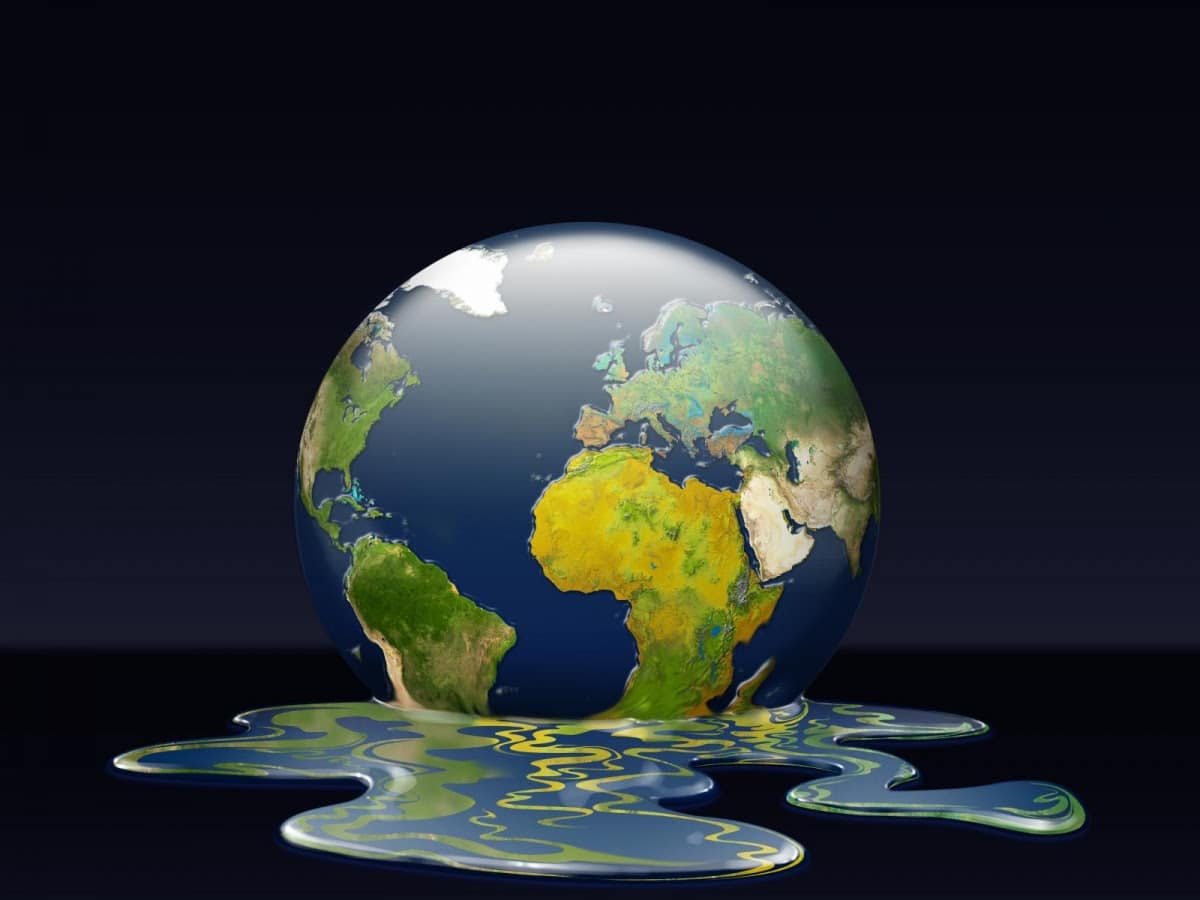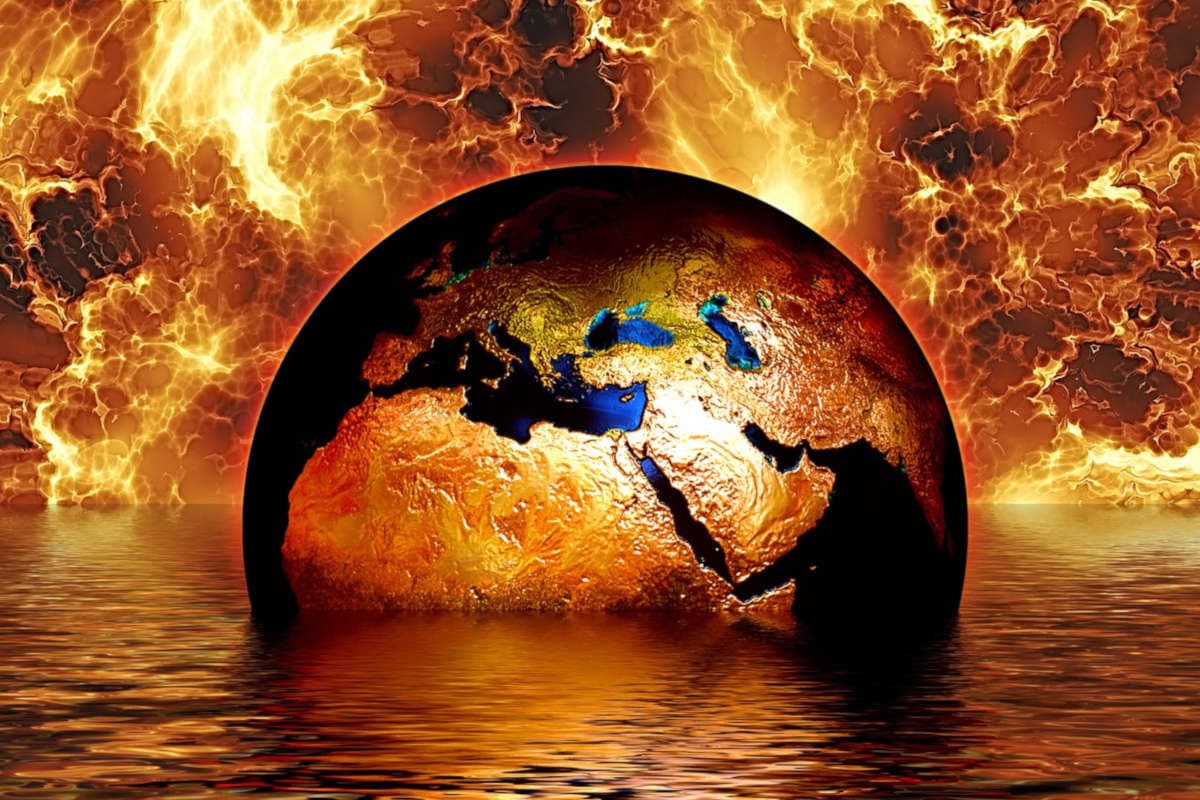
At certain latitudes, rising temperatures increase water evaporation. This changes precipitation patterns in many regions. Between 1900 and 2005, precipitation increased in the eastern parts of North and South America, Northern Europe and North and Central Asia. By contrast, the Mediterranean, the Sahel, South Africa and parts of South Asia experienced drier periods.

Snow cover is on the decline, particularly in the northern hemisphere.
Air mass circulation is being disrupted by global warming, changing wind patterns and climate over entire regions. Most climate models conclude that rainfall will increase at high temperate latitudes and decrease in the tropical regions of the northern hemisphere. The disruption of seasons and the displacement of air masses could, in the long term, increase the number of extreme climatic events. As a result, heatwaves similar to those of 2003 and 2016 in France could become much more frequent.
In France, many rivers are already experiencing lower flows (especially at low water levels) and warmer water. This has an impact on aquatic ecosystems, drinking water resources, irrigation capacity for agriculture, cooling capacity for certain industries (nuclear power plants) and the efficiency of hydroelectric facilities.
Rising sea levelsBetween 1870 and 2000, global sea levels rose by an average of 18 cm. The phenomenon is accelerating: the rise has been 6 cm over the last 20 years.
On a global scale, a 1-meter rise in sea level would directly affect 1/10th of the world’s population (600 to 700 million people).

Animal species are disturbedTerrestrial fauna is sensitive to changes in temperature. Over the course of the 20th century, there has been a marked northward shift in the ranges of most British butterflies. This is probably in response to higher temperatures.
Some species do not seem to be adapting to these changes. One example is the decline in Dutch populations of the Black Flycatcher, a migratory passerine bird. This is probably due to the caterpillars it feeds on hatching too early in the Netherlands (before it returns from Africa).
Some species seem to be spreading, threatening to undermine ecosystems that are already particularly hard hit. This is the case, for example, with thermophilic species (those that prefer warm weather). Tropical species are becoming increasingly established in areas that were originally more temperate. Some of these species can be dangerous for humans and their crops (proliferation of certain insect pests such as whiteflies).
Human beings also suffer consequencesHeat waves, floods and cyclones can affect human health, food production and water availability.
In some parts of the world, the quantity and quality of drinking water is already declining, and will decline further in the future, due to changes in rainfall patterns (more violent but rarer) and the melting of glaciers feeding springs and rivers. Dry and subtropical regions, as well as Europe, are particularly affected.
Rising sea levels may cause frequent flooding or submergence of low-lying coastal areas (large delta zones in Bangladesh, for example) or islands (Maldives, Vanuatu…), as well as coastal erosion. These land losses will affect regions that are often densely populated and equipped with essential infrastructure (cities, ports). Their inhabitants will be forced to leave their homes.

There is evidence of a shift in the range of “vector” diseases, i.e. those carried by birds, insects, etc., linked to certain climatic zones (malaria, chikungunya, etc.). But the impact of global warming on the spread of diseases is still poorly understood.
We are already seeing the negative impact of climate change on the yields of several crops: wheat and corn in particular, rice and soya to a lesser extent. Yields are expected to fall by 2% every 10 years in the 21st century. They are also likely to fluctuate much more widely from one year to the next, with consequences for food prices and security of supply. Some coastal farmlands will no longer be suitable for cultivation due to salinization caused by rising sea levels.
Changes in marine ecosystems will have a direct impact on fishing activities. Over the next few decades, fish stocks will decline, especially in tropical zones and in seas with little exchange with the oceans.




